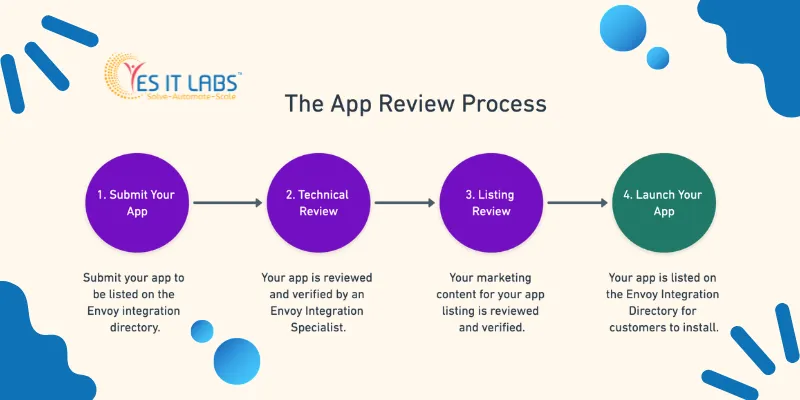In the ever-evolving landscape of mobile operating systems, Apple’s iOS has consistently stood out as a frontrunner, bringing innovation, style, and functionality to millions of devices worldwide. With the recent release of the iOS 17 developer beta, Apple enthusiasts and developers alike are buzzing with anticipation about the exciting features and improvements that are on the horizon. In this blog, we’ll delve into some of the highlights of iOS 17 and what they mean for both users and developers.
1. Revamped User Interface: A Breath of Fresh Air
One of the most noticeable changes in iOS 17 is the revamped user interface. Apple has taken a bold step by reimagining the design language, introducing subtle changes that add up to a refreshing and modern feel. Icons, typography, and visual elements have been refined to enhance clarity and legibility. Users can look forward to a more cohesive and aesthetically pleasing experience across the system.
2. Enhanced Privacy Features: Guarding Your Digital Footprint
Privacy has been a cornerstone of Apple’s ethos, and iOS 17 takes this commitment even further. The developer beta introduces new privacy features that provide users with more control over their data. From a detailed overview of app privacy practices on the App Store to Mail Privacy Protection that prevents senders from knowing when an email has been opened, these features empower users to safeguard their personal information.
3. Widgets and Customization: Tailoring Your Home Screen
iOS 17 builds upon the widget system introduced in iOS 14, allowing users to place widgets among their app icons, creating a dynamic and customizable home screen. This increased flexibility enables users to curate their device’s appearance to suit their preferences and needs. Developers can take advantage of the updated WidgetKit to create engaging and interactive widgets that provide real-time information at a glance.
4. Focus Mode: Minimize Distractions, Maximize Productivity
In a world brimming with notifications and digital distractions, iOS 17 introduces the Focus mode. This feature enables users to create custom modes that filter notifications and apps based on their current activity or location. Whether it’s work, personal time, or winding down in the evening, Focus mode ensures that users remain undistracted and productive.
5. Enhanced Augmented Reality (AR) Capabilities: Opening New Possibilities
iOS 17 leverages Apple’s continued investment in augmented reality. Developers can harness AR capabilities to create immersive and engaging experiences that blur the lines between the digital and physical worlds. With advancements like improved object occlusion and enhanced motion tracking, the potential for innovative AR applications is greater than ever before.
6. Xcode Cloud: Streamlining the Development Process
For developers, iOS 17 brings Xcode Cloud to the table. This integration streamlines the development process by allowing teams to collaborate seamlessly on building, testing, and delivering apps. With automated testing and continuous integration, developers can spend more time focusing on crafting exceptional user experiences.
7. Siri Improvements: A More Conversational AI
Siri gets smarter and more conversational in iOS 17. Developers can now integrate Siri into third-party apps, enabling users to interact with apps using natural language. This paves the way for enhanced voice-driven experiences and expands Siri’s utility beyond simple tasks.
8. Health and Fitness Upgrades: Prioritizing Wellbeing
Apple’s commitment to health and fitness takes a leap forward with iOS 17. New features include a redesigned Health app interface, improved sleep tracking, and expanded workout types. Users can have a more comprehensive view of their health data, aiding them in making informed decisions about their wellbeing.
Conclusion,
iOS 17 developer beta offers a plethora of exciting features that cater to both end-users and app developers. From an overhauled user interface to advanced privacy features, enhanced customization options, and improved developer tools, iOS 17 sets the stage for a more engaging, productive, and innovative mobile experience. As developers explore the beta and begin crafting applications that make the most of these features, users can eagerly anticipate the future of their iOS devices. Apple’s dedication to refining and expanding their ecosystem continues to shine through in this latest iteration.
YES IT Labs plays a pivotal role in iOS app development by offering expert guidance, cutting-edge technologies, and a client-centric approach. Their seasoned team of developers and designers harness the power of the latest iOS features to create innovative and user-friendly apps. From conceptualization to deployment, YES IT Labs ensures seamless development, thorough testing, and continuous support. Their commitment to excellence, adherence to best practices, and tailored solutions make them a go-to partner for businesses seeking to bring their iOS app ideas to life successfully. With YES IT Labs, clients experience a collaborative journey that transforms their visions into top-notch, feature-rich iOS applications.
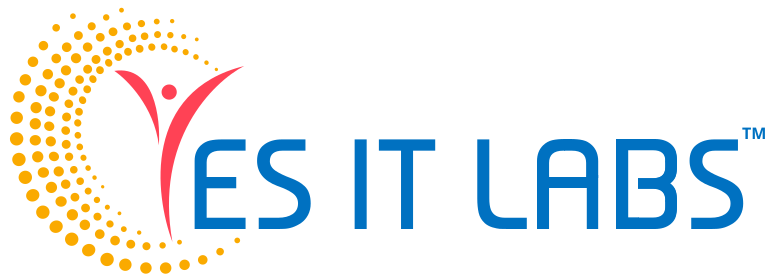


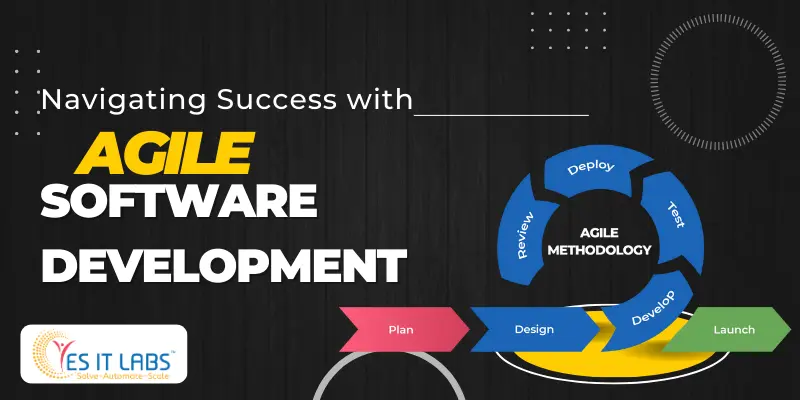

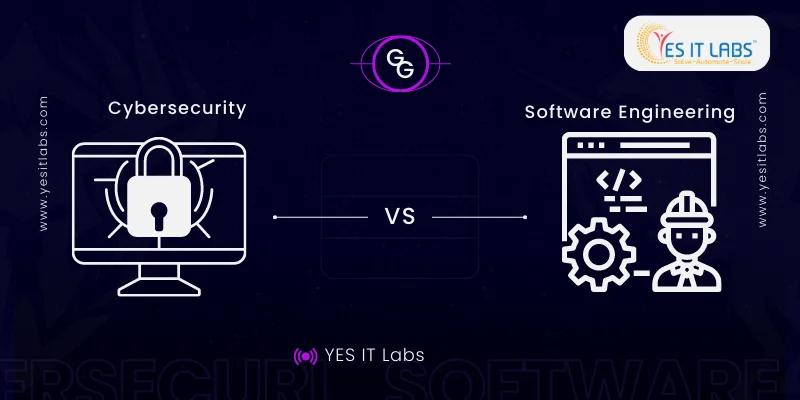
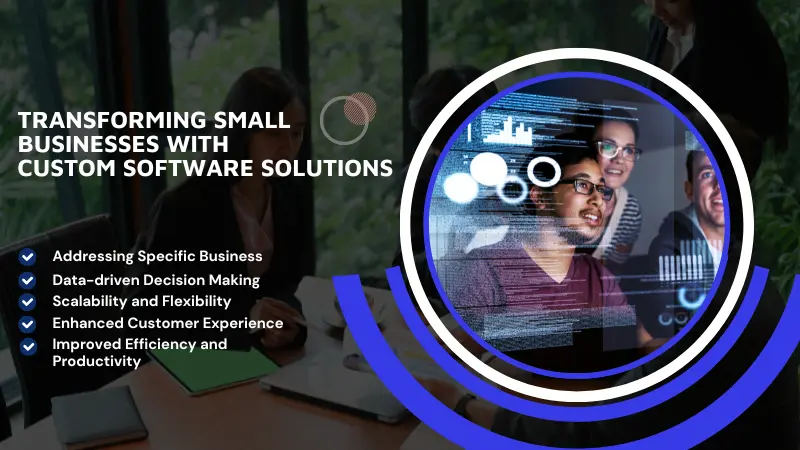
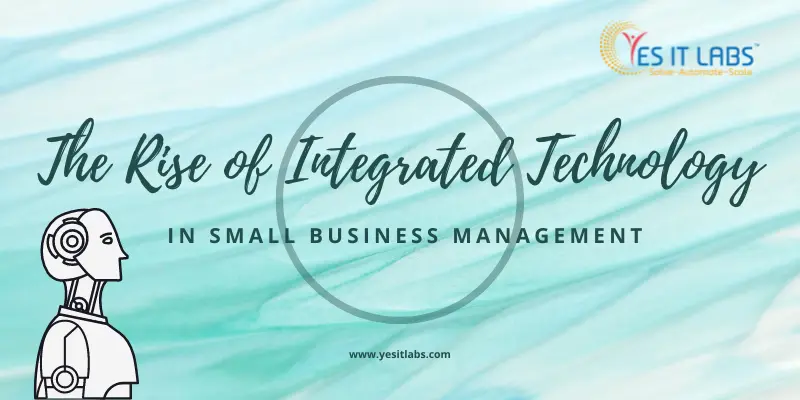
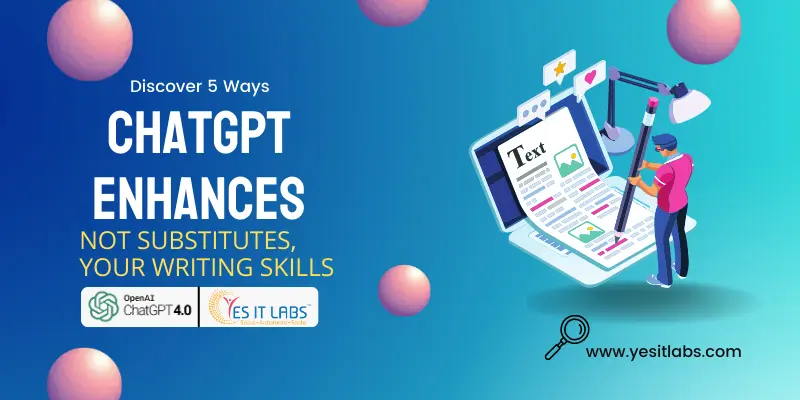
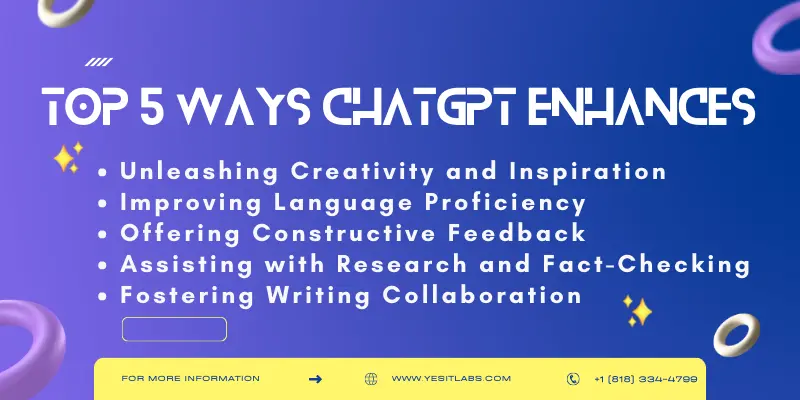

 Collaborate with a Reputable iOS App Development Partner:
Collaborate with a Reputable iOS App Development Partner:


 Advantages of the BFF Pattern
Advantages of the BFF Pattern

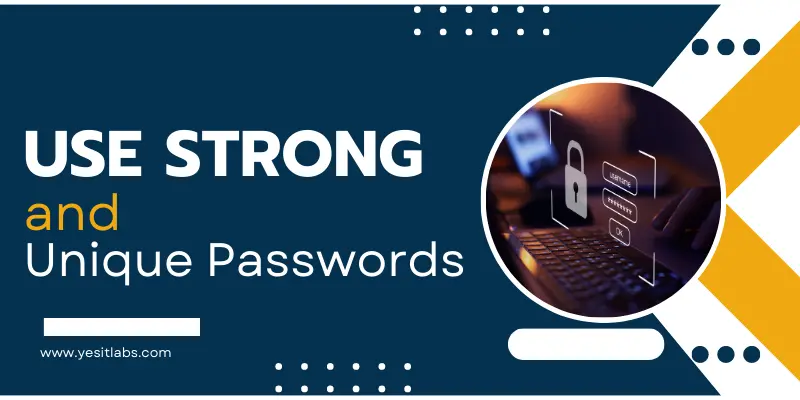

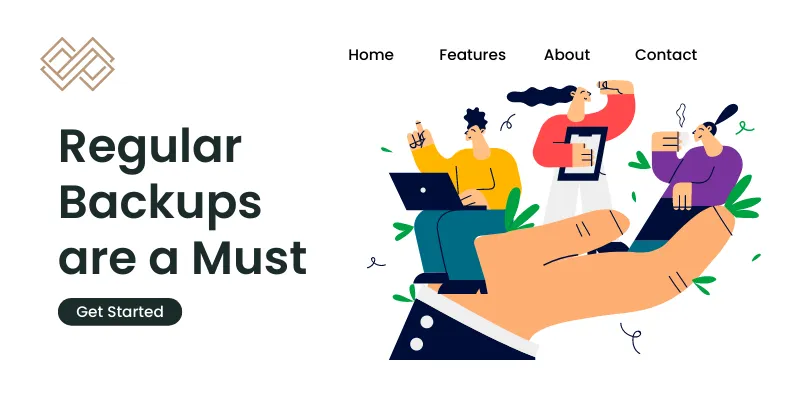


 1. Comprehensive Security Audits:
1. Comprehensive Security Audits: 2. Proactive Updates and Maintenance:
2. Proactive Updates and Maintenance: 3. Customized Security Solutions:
3. Customized Security Solutions: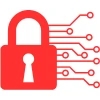 4. Expert Guidance on Best Security Practices:
4. Expert Guidance on Best Security Practices: 5. 24/7 Monitoring and Support:
5. 24/7 Monitoring and Support: 


